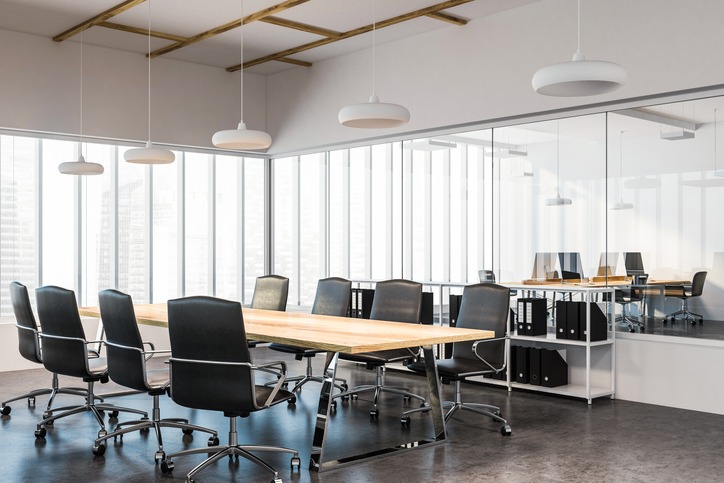Office refurbishment has been growing at a steady rate.
So much so that by 2017, it constituted the largest market for interior refurbishments. A decision that’s been driven by construction costs of new builds.
But that’s not all.
Interior office refurbishments support:
- Creative working: the re-design can stimulate creative thinking and improve the working mood.
- Flexibility: the working space is adjustable to suit the versatility of different industries.
- Value: an office renovation uplifts your business aesthetics and enhances its brand competitive edge.
But the office refurbishment is a bit more complex than having a design and construction. And how you approach it determines its success or failure.
How to Approach an Office Refurbishment Project
There are two approaches to the construction procurement process.
The first takes a traditional model approach. Here, the different project phases are all controlled by different contractors. For example, the design, construction and project management are each managed separately.
The second approach is the design and build model, which offers a turnkey solution. Delivery of the full project is from a single contractor. Meaning you manage only a single point of contact.
Both of them have their advantages and disadvantages. And choosing one is ultimately based on personal preference.
However, there is some merit in the design and build approach, namely regarding financial planning. As a result, its popularity has soared in the UK.
Some other benefits of using this approach are:
– It takes the stress away from dealing with many project managers for each stage of the refurbishment process.
– You still get a high-quality design.
– You have an almost accurate approximation of the total cost.
– There’s an assurance of timely delivery.
But you need to be clear about the project’s objectives from the onset. The design and build approach is efficient only when the design intentions are clear.
Therefore, have a good set of drawings to help visualise the project before the construction starts. Also, make sure the building is safe and structurally sound.
How the Design and Build Model Adds Value to Your Office Refurbishment
Here are some factors that make the design and build model of your office refurbishment worth it.
Minimal Disruption of the Work Environment
No one likes the sound of construction when they are in the office working. Still, it’s bearable, but only when it has a deadline.
What if the construction’s end date wasn’t assured? Then it becomes intolerable.
Knowing the end date of the office refurbishment project is equally as important as knowing the progress. Something the design and build approach can assure.
Uniformity in the Work Delivered
Having many different contractors for a single project can result in the disruption of the design’s delivery.
Each contractor will want to contribute their ideas to the project. While this influx of expertise can widen the scope of creativity, it can also disrupt the flow of the project’s process.
Office space with unique styles and characteristics can end up losing their charm with every new input added to the project.
Ensure a Working Office Redesign
One of the fears of refurbishing the office is a non-working design. One that cannot adapt existing office space to match work operations. Missing the whole purpose of the refurbishment.
An office refurbishment should transform the tired, inefficient, uneconomical space into an agile environment.
Done well, it supports new ways of working and incorporates modern technology into the design. Plus, it’s built to adapt to operation change.
Conclusion
To get the most value out of your office refurbishment, you need to match your goals to the right design and construction model process.

